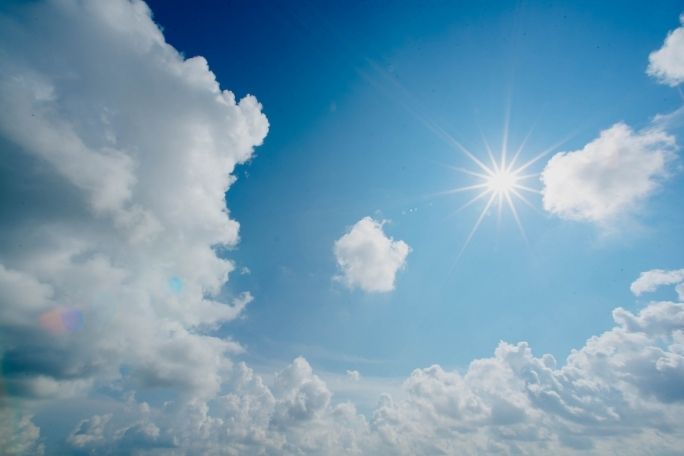Lesson summary
Students investigate the role of water vapour in global warming and climate change. They begin by thinking about how water vapour exists in our atmopshere, and then conduct a simple experiment designed to demonstrate how water vapour responds to heating and cooling – or compression and decompression. Students will then look at the ways that water vapour has been used to support and deny human contributions to climate change and global warming. Finally, students will think about the causes and effects of the interaction between CO2 warmth and water vapour.
These activities “… are an invaluable tool for teachers to address climate change in an educationally relevant, scientifically sound, and action-based way.” – Tim Flannery (Read more)
Learning intentions:
Students will...
- understand the characteristics and effects of water vapour
- observe and understand the effects of heating and cooling on water vapour
- recognise the role of water vapour in global warming.
Lesson guides and printables
Lesson details
Curriculum mapping
Australian curriculum content descriptions:
Year 10 Science:
- Global systems, including the carbon cycle, rely on interactions involving the biosphere, lithosphere, hydrosphere and atmosphere (ACSSU189)
- Scientific understanding, including models and theories, are contestable and are refined over time through a process of review by the scientific community (ACSHE191)
- People can use scientific knowledge to evaluate whether they should accept claims, explanations or predictions (ACSHE194)
- Use knowledge of scientific concepts to draw conclusions that are consistent with evidence (ACSIS204)
- Evaluate conclusions, including identifying sources of uncertainty and possible alternative explanations, and describe specific ways to improve the quality of the data (ACSIS205)
- Critically analyse the validity of information in secondary sources and evaluate the approaches used to solve problems (ACSIS206)
General capabilities: Critical and creative thinking.
Cross-curriculum priorities: Sustainability OI.1.
Syllabus Outcomes: SC5-12ES, SC5-13ES, SC5-7WS, SC5-8WS.
Time required: 60 mins.
Level of teacher scaffolding: Medium – Oversee activity and facilitate discussion
Resources required
- Internet access, student worksheet.
Each group conducting the experiment will need:
- A glass jar
- A rubber balloon with a wide neck OR a large rubber glove
- Chalk dust
- Digital technology opportunities: Infographic (DIY infographic background information) or animation creation (e.g. Wideo or Animoto), digital sharing capabilities.
- Homework and extension opportunities: Includes opportunities for homework or extension.
- Key reading from We Are the Weather Makers: Chapter 2 – The Great Aerial Ocean
- Further reading from the book: Chapter 14 – Extreme Weather, Chapter 13 – Rainfall, Chapter 4 – Ice Ages and Sunspots
Additional info
Cool Australia would like to acknowledge:
- Tim Flannery
- David Harding, Rose Iser, Sally Stevens
- Text Publishing and Purves Environmental Fund
- Climate Council


Welcome back!
Don't have an account yet?
Log in with:
By signing up to Cool.org you consent and agree to Cool's privacy policy to
store, manage and process your personal information. To read more, please see
our privacy policy here(Opens in new tab).
Create your free Cool.org account.
Many of our resources are free, with an option to upgrade to Cool+ for premium content.
Already have an account?
Sign up with:
By signing up to Cool.org you consent and agree to Cool's privacy policy to
store, manage and process your personal information. To read more, please see
our privacy policy here(Opens in new tab).